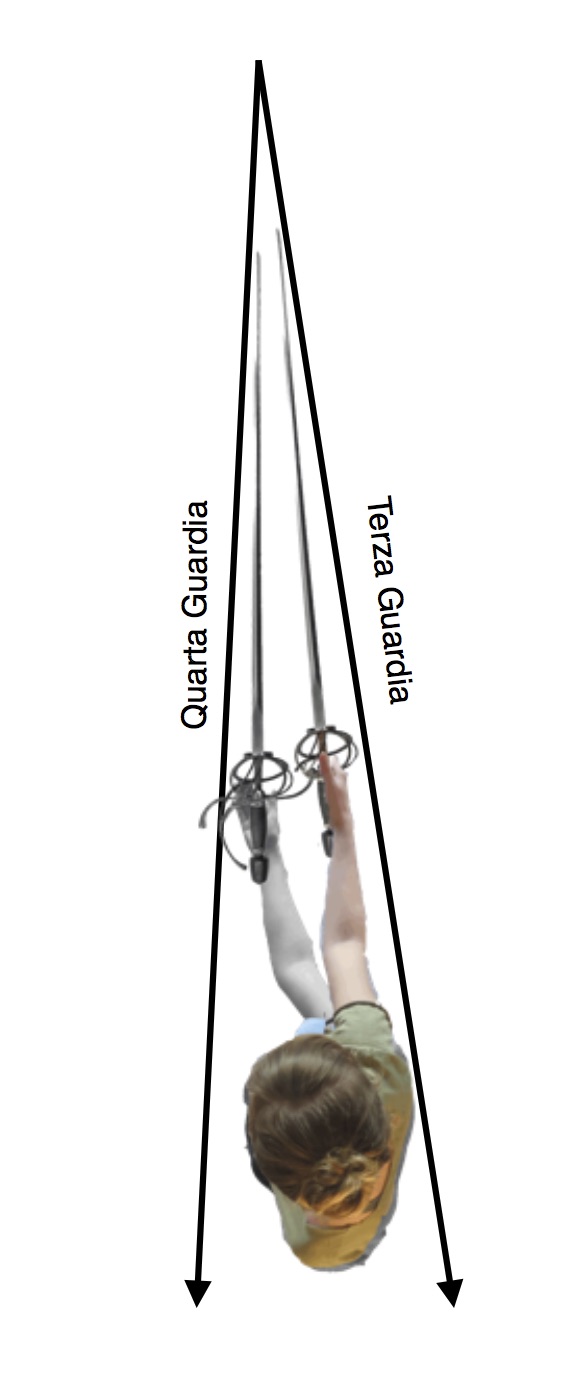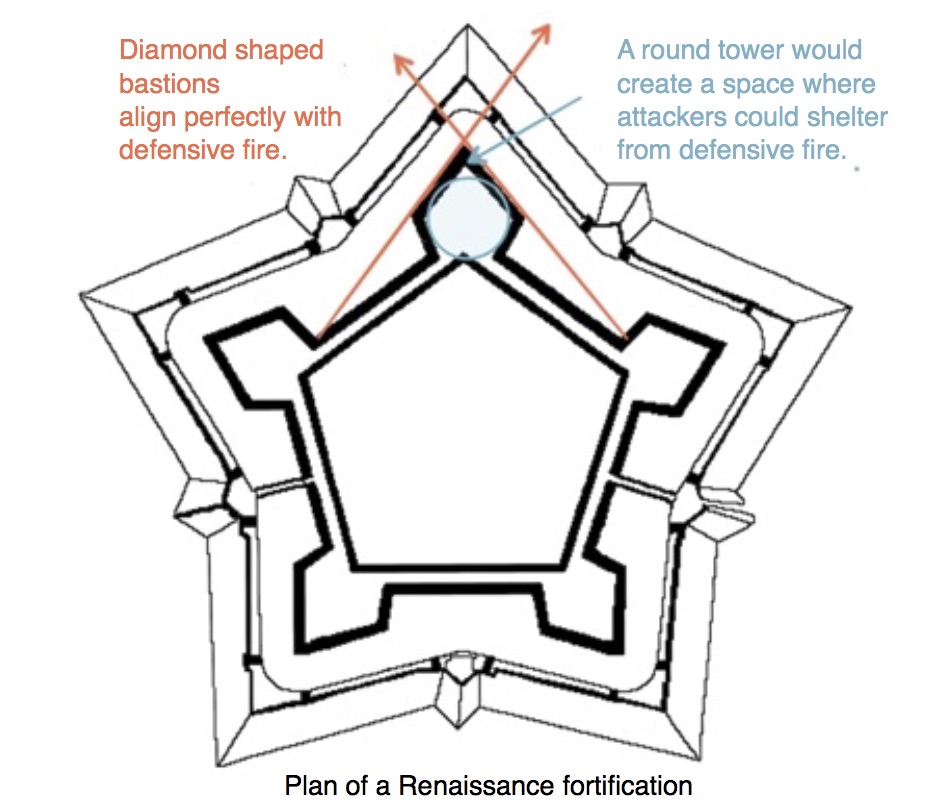- One of the most familiar concepts in Renaissance court culture is what the Italians called sprezzatura. Castiglione describes it best. The courtier should strive, "to do his feats with a slight, as though they were rather naturally in him, than learned with study: and use a Recklessness to cover art, without minding greatly what he hath in hand, to a man's seeming." When I teach the literature of this period, we always spend some time on this concept, reading Castiglione and considering the implications for a culture in which a gentleman is always deliberately advertising his recklessless and nonchalance without apparent regard for the consequences (consequences which in a Renaissance court could be deadly). The sword of course, was one of the quintessential marks of a gentleman, so it is no accident that its use would demonstrate the basic principles of aristocratic identity. However, handling a sword according the principles laid down in ancient fighting manuals brings this concept into sharp focus. Every aspect of swordplay seems designed to evoke casual disregard for consequence. The shoulders are relaxed, the sword held lightly, every movement is to be elegant, ideally liquid and without apparent effort. At the same time, the weapon is deadly, with a fine point (ours are blunted, thank heavens), and the game is one of life and death. I can think of no better analogue for court life in, say, the court of Henry VIII. It makes me think anew of Shakespeare's Richard II talking about Death:
As if this flesh which walls about our life,
The sword embodies both the bravado of the Renaissance courtier and his necessary anxiety.
Were brass impregnable, and humour'd thus
Comes at the last and with a little pin
Bores through his castle wall, and farewell king! - The earliest fencing manuals were conceived in part by mathematicians. As a result there is a clear emphasis on geometry in the practice which reflects a well-known larger interest in geometry in Renaissance culture as a whole. The various guard positions are designed to create what has since been called a "cone of defense," in which attacks originating from a single point need to be deflected only outside a narrow cone that includes the body of the defender. See, for example, the aerial diagram of the two main guard positions, terza and quarta (3rd and 4th), in which a slight repositioning of the blade suffices to ward off two different attacks.
 This process, while invoking the nonchalant "just enough" quality of sprezzatura, echoes Renaissance developments in fortifications, which were also driven by geometric principles. The most famous illustrations are by Vauban, but the basic principle is the same as in fencing, only in reverse. A bastion is built to take up the entire cone of defense formed by defensive cannon, denying any sheltered spots for an attacker.
This process, while invoking the nonchalant "just enough" quality of sprezzatura, echoes Renaissance developments in fortifications, which were also driven by geometric principles. The most famous illustrations are by Vauban, but the basic principle is the same as in fencing, only in reverse. A bastion is built to take up the entire cone of defense formed by defensive cannon, denying any sheltered spots for an attacker. Renaissance fortification is also based on the concept of forward defense or of treating defense as a kind of offense. Likewise Renaissance fencing manuals considered offense to be an extended form of defense. The classic attack, today called a "lunge," was for the Italian writers, merely an extension of a guard. One attacks by extending a guard, thus protecting oneself while attacking. Renaissance ideas about fortification had a huge influence upon the radial design of cities in the period, and cities in turn had an influence upon the human mind. The connections might seem obvious, but until I was forced to hold a sword in the various guards and to watch the effect of those guards upon the blade of an opponent, I had not thought to connect swordplay with city architecture or with larger ideas about cognition.
Renaissance fortification is also based on the concept of forward defense or of treating defense as a kind of offense. Likewise Renaissance fencing manuals considered offense to be an extended form of defense. The classic attack, today called a "lunge," was for the Italian writers, merely an extension of a guard. One attacks by extending a guard, thus protecting oneself while attacking. Renaissance ideas about fortification had a huge influence upon the radial design of cities in the period, and cities in turn had an influence upon the human mind. The connections might seem obvious, but until I was forced to hold a sword in the various guards and to watch the effect of those guards upon the blade of an opponent, I had not thought to connect swordplay with city architecture or with larger ideas about cognition. - The language of Renaissance fencing is also the language of music and dance, based on terms like tempo (time) and misura (measure). One is in measure (in attacking distance) or out of measure. One can attack in false time or in true time. A tempo in fencing can be described as either the pause between two movements or the movement between two pauses. In reality, a good fencer's movements may seem smoothly continuous, but the discipline is based on the separation of movement into discrete moments separated by instants in which one movement ends and another has yet to begin. I may be extrapolating too far here, but physically engaging in swordplay on a Renaissance plan makes me realize the extent to which basic concepts of time are under construction at the time. Writers of the period are fascinated by what has been called the instant of change, when one action or situation ends and another begins. The instant itself is vanishingly small, but it is still recognized as a thing since two states, such as life and death, are clearly different. It is therefore probably no accident that a play like Romeo & Juliet, which is so interested in the instant of change (falling in love, dying) is also a play in which fencing plays a dramatic role.
Friday, December 4, 2015
Finding the Blade
While in Chicago, I signed up for Renaissance style fencing lessons at Forteza Fitness. This club is a member of HEMA - Historical European Martial Arts. Their goal is to reconstruct early forms of fighting, through careful study of primary documents and with hands-on experimentation. I signed up on lark (swords!) but I quickly discovered that learning to fence in the Renaissance Italian style (the style that became popular in Elizabethan England) was opening my eyes to concepts and connections I had before understood only hazily and indirectly. It is a testament to the value of experiential learning. Not only was I understanding more deeply the material culture of the past, but I was appreciating its connection to a variety of common early modern concepts. My esteemed instructor, Trey Ptak, is a man who, but for his name, could have stepped from the pages of Alexandre Dumas. He teaches, partly in Italian, directly from the pages of dei Liberi, Fabris, and Capoferro. Imagine a gym class that begins with a lecture on dueling and sword design and in which discussion ranges from Romeo & Juliet to Aphra Behn. Here are some of the things I have learned, or relearned.
Subscribe to:
Post Comments (Atom)
No comments:
Post a Comment